The software industry is constantly changing. Things have changed dramatically in this space in the last five years.
When I first started out, apps had to be developed in very specific ways (like Objective-C and Java). There weren’t many options available.
Today, however, you have a plethora of options. There are templates, components, frameworks, hybrid apps, and many other options to consider. How do you know what’s best for you?
Before you begin any new app development project, there are a few things you should think about. This is especially important for those of you who have no prior experience with mobile app development, and perhaps even more so for anyone who has had a bad building experience in the past.
As someone who has been through this process numerous times, I always have this conversation with my clients before we begin building anything—I try to instill this in their minds.
I’ve identified the five most critical factors to consider before beginning mobile app development. I’ll go over all of the different options available to you so that you can choose what’s best for your company and project.
Consideration #1 — Platforms to Support
This is the first thing you must determine from the start.
What platforms will you make your app available on? Obviously, you’ll want to prioritize Android and iOS, as these are the two most popular.
Android is the undisputed global leader. The study depicted in this graph says it all:

In the United States, however, the split is much closer to 50/50. According to PCMag, iOS controls 44.8 percent of the US market share. In either case, you’ll want to create an app for both.
However, in addition to the platform, you must consider the devices on which your apps will be used.
Smartphones and tablets are available for each operating system. iPads and Android tablets are not the same thing. Because the specs and dynamics of each device differ, this information will give you a different dynamic of how you build your app. Devices with larger screens, for example, may not have as many limitations as a smaller smartphone.
You should also consider PWAs (progressive web apps).
More and more people will use their smartphones to access your mobile app and the web. PWAs lower the barrier to entry for anyone interested in your product.
Another advantage of creating a PWA is the ability for people to find your app through Google search.
If a user is on their phone and searching for something on Google, a PWA will allow them to enter your app directly from the browser. They can interact with it in various ways, depending on how it is constructed.
You can give them a prompt offering a more native experience, which would require a download, while they’re trying it out. This is definitely something you should think about and consider.
Consideration #2 — Mobile App Development Team
Which team do you want to work on your app? Most people are unaware that they require more team members than they anticipated. One of the reasons for the high cost of software development is this.
As previously stated, we must create an app for both iOS and Android. These applications will be written in two languages. As a result, you’ll require both an iOS developer and an Android developer.
You might be able to find a developer who can do both, but I would advise against it. Why?
If you have one person working on two apps, it will simply take twice as long. Alternatively, you could have two separate developers working on it at the same time. It will cost the same amount of money, but you will get to market much faster because they work in tandem.
A full stack web developer will be required in addition to the two platform-specific developers.
Even if you choose not to use PWA, you must still host your app data somewhere in the cloud. What exactly does this mean?
Unless your app is extremely simple, such as a calculator that only requires a single function, you’ll need to ensure that your data is stored in a secure and scalable location in the cloud.
A calculator or flashlight app does not contain any data that must be saved anywhere. There is no user communication or anything of the sort. However, most apps will be far more complex than that.
For example, where do your users’ usernames and passwords go after they register after downloading the app? It does not remain on the devices. Everything is saved in the cloud on a database. When users communicate with one another, give you ratings, and release new updates, all of this is hosted in a cloud infrastructure.
As a result, you’ll need a full stack web developer to build the infrastructure you’ll need with the API so that your mobile app can access the data.
A designer will also be required on your team to ensure that everything looks good.
Most apps’ main selling point is their eye candy. It’s not always about the app’s functionality. If it is visually appealing, it will engage your user base, which is critical in such a competitive landscape.
Your app development team also requires a QA specialist. It is their responsibility to ensure that the software is thoroughly tested. They test on a variety of browsers, devices, and operating systems. The QA must cover all of your bases, whether it’s the backend infrastructure or the app functionality itself.
Last but not least, your team requires a project manager. You can do it yourself or hire someone to do it for you. The project manager ensures that everyone on the team meets their deadlines, oversees the entire project, and holds everyone accountable.
So, in the end, your team will consist of at least six people: three developers (iOS, Android, and web), a designer, a quality assurance person, and a project manager.
Consideration #3 — Infrastructure
You should also think about where your app will be hosted.
We’ve already established that a member of your team is required to construct this infrastructure. However, they are unlikely to do so on some servers in your office; unless, of course, you are still living in the 1990s (but I do not recommend that).
What you need to do is collaborate with a hosting service that can host your app as well as its infrastructure.
- Security
- Scalability
- Reliability
These are the three most important factors to consider when looking for the best hosting service to meet your app’s requirements.
Consideration #4 — Existing Services
This follows on from my previous point. Why would you build servers in your office when you can host your app on an existing service? It’s illogical.
That isn’t the only thing you can do. There are a plethora of other existing services available right now. Use these to your advantage when developing an app.
For example, there are already cloud servers available with which you can integrate. There are already analytical servers, push notification servers, authentication servers, and other services. You simply need to incorporate them into your app.
So, before you set out to create these services and solutions from scratch, do some research to see if there is a service that already exists. This will save you money and time, and it is far more convenient than reinventing the wheel.
Consideration #5 — Existing Tools
There are existing mobile app development tools, in addition to existing services that you can use. Before you begin building anything, make sure you consider all of the tools at your disposal.
Shop around before you begin, just as we discussed with existing service providers.
There are numerous tools available to assist you in developing an app from the ground up. Everything from templates to components and designs is available. You can buy the tools and use them on your own.
This will significantly accelerate the app development process and give you more time to focus on the business logic that distinguishes your app from others on the market.
Development of Hybrid Apps
A hybrid mobile app development platform is another option to consider in this category. These services enable you to write code once and have your app work on iOS, Android, and PWAs.
You will not need to hire three separate developers to create three different apps.
As a result, one app will not be leading while the other two follow. It’s common in traditional app development for a new feature to be released on iOS first, then on Android a month later. Then another month passes before it is made available on the PWA.
With hybrid app development, you only need to create it once and it’s ready to go.
You may be wondering why no one is working on a hybrid app. The truth is that it is not the best option for all apps. If you’re working on the next augmented reality app or something that requires a high frame rate, such as a game, hybrid apps aren’t the best option. It will, however, continue to function if you choose to use it.
Rapid Application Development (RAD)
The final set of tools you should think about using is rapid app development.
These are tools that go above and beyond hybrid apps, allowing you to quickly develop an all-in-one single IDE (integrated developer environment).
This enables you to build systems quickly (as the name suggests), host them, and get everything to market as quickly as possible.
There are numerous systems available that offer this type of mobile app development platform. But, in my opinion, BuildFire is your best bet. Why?
It has a ton of out-of-the-box functionality that you can use without having to write any code.
Furthermore, if you require something very specific to your use case and require custom development, you can have your developers work on it using code that they are already familiar with.
When compared to other mobile app development platforms available, this simply does not stack up. While other solutions may be preferable, you must first learn them before you can build anything. Other tools lack out-of-the-box functionality as well. Those platforms are more akin to rapid app development tools, with which you must still be a developer to work.
As a result, make certain that you find the existing tool that is best suited to you and your situation.
Conclusion
It’s exciting to begin a mobile app development project. While it may be tempting to jump right in, there are some things that must be considered first.
Before you begin, keep the following quick points and pro tips in mind:
- Which platform would you like to support?
- What will the team that will build your app look like?
- Is it possible to find services that already exist so that you don’t have to build everything from scratch?
- Make sure you have a backup infrastructure in place—work with a hosting company that can scale with you.
- Look for pre-existing toolkits that will assist you in getting your app to market much faster.
Take a good look at all of your options, from templates to components and rapid app development tools like BuildFire, to see what’s best for you and your company.
Instead of doing extra, unnecessary, and costly work to build every component of your app from scratch, leveraging tools available to you will be much easier. It will reduce your costs and ensure that your app is built as quickly as possible.
Want to know how much it will cost to build your application?
Contact our team and we will estimate your app development cost.



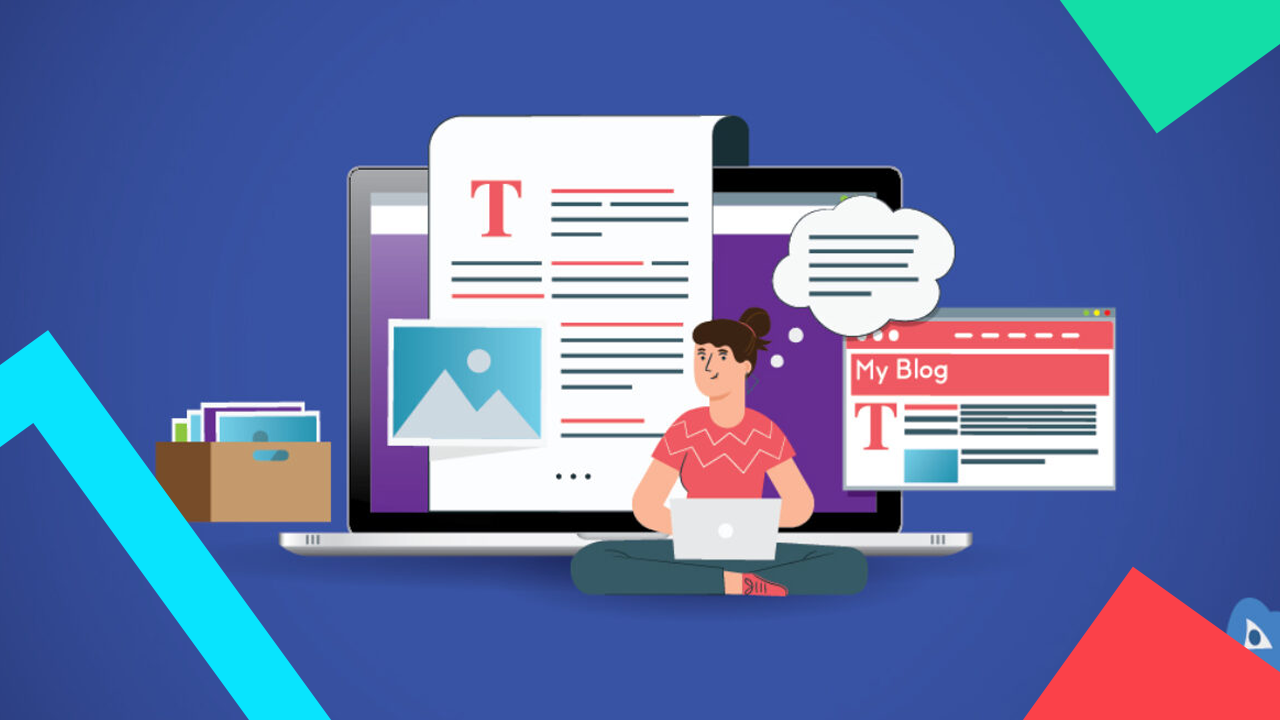
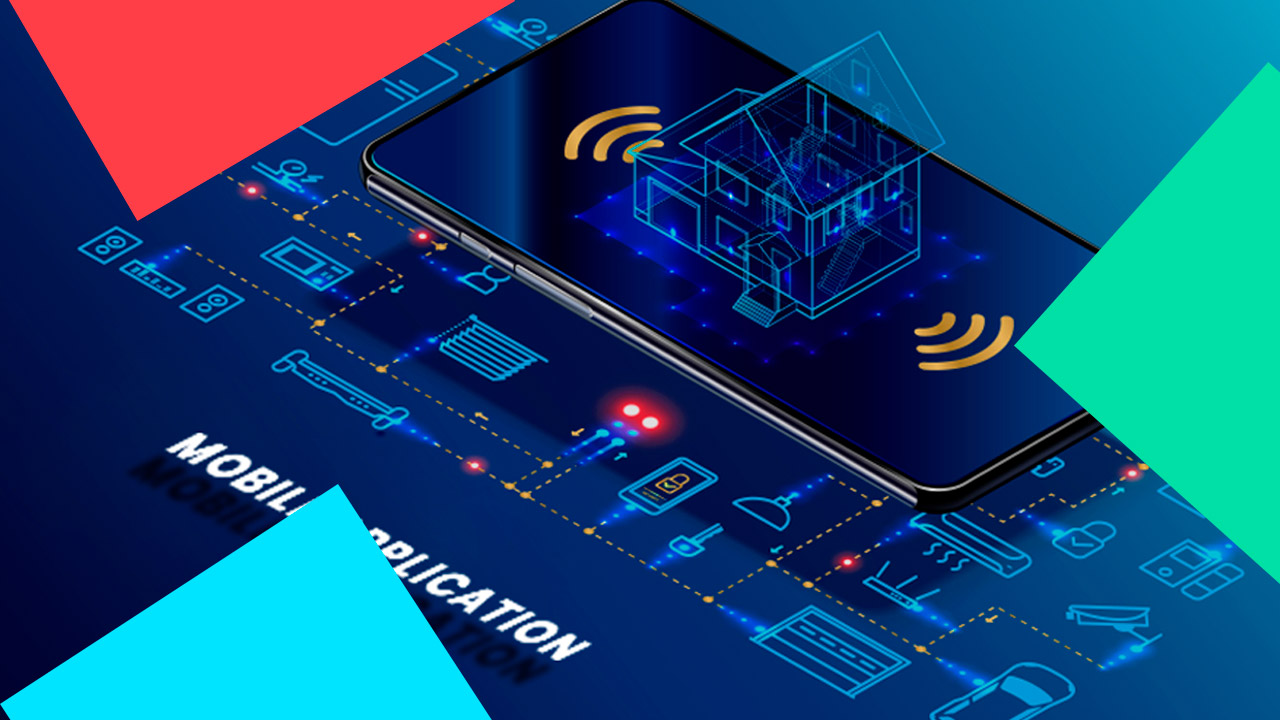
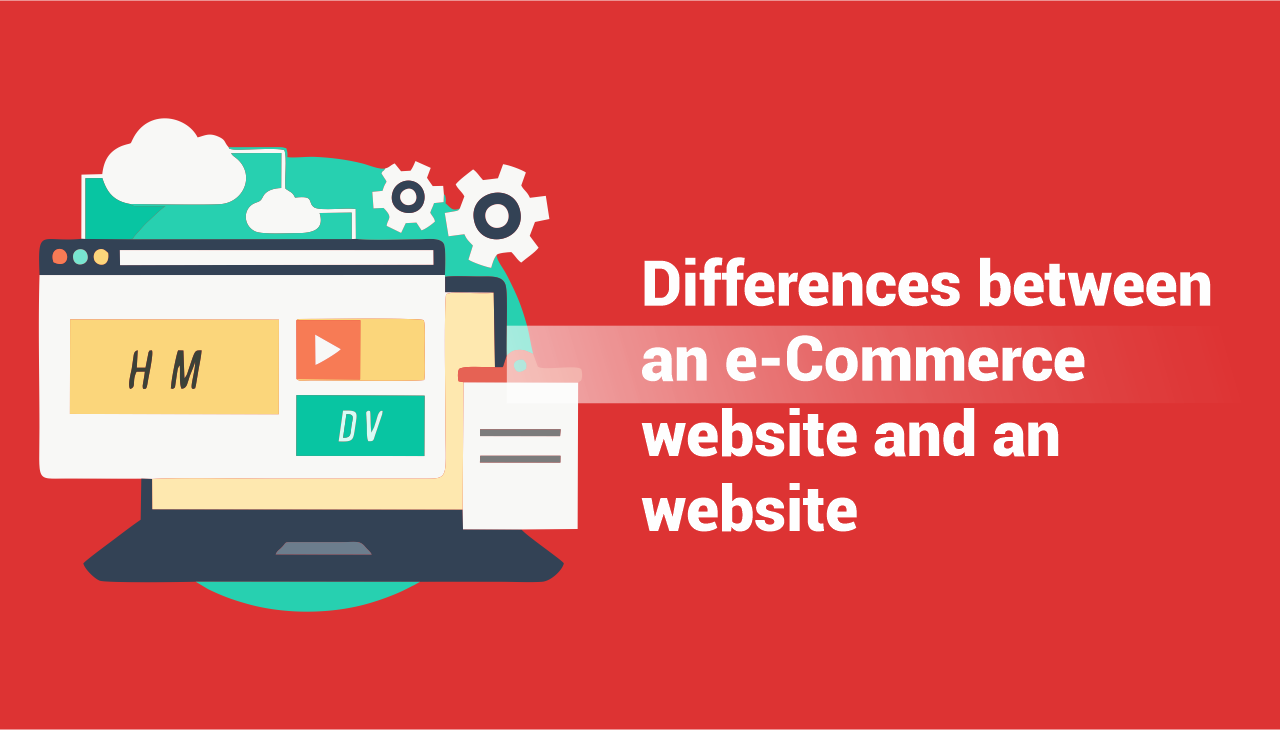

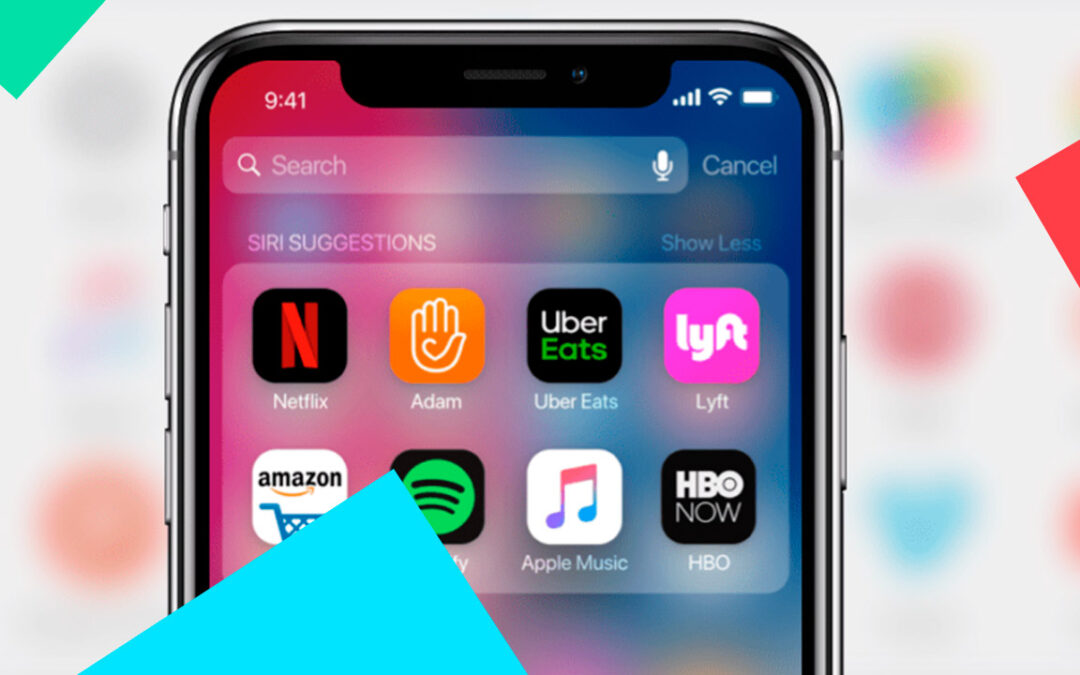
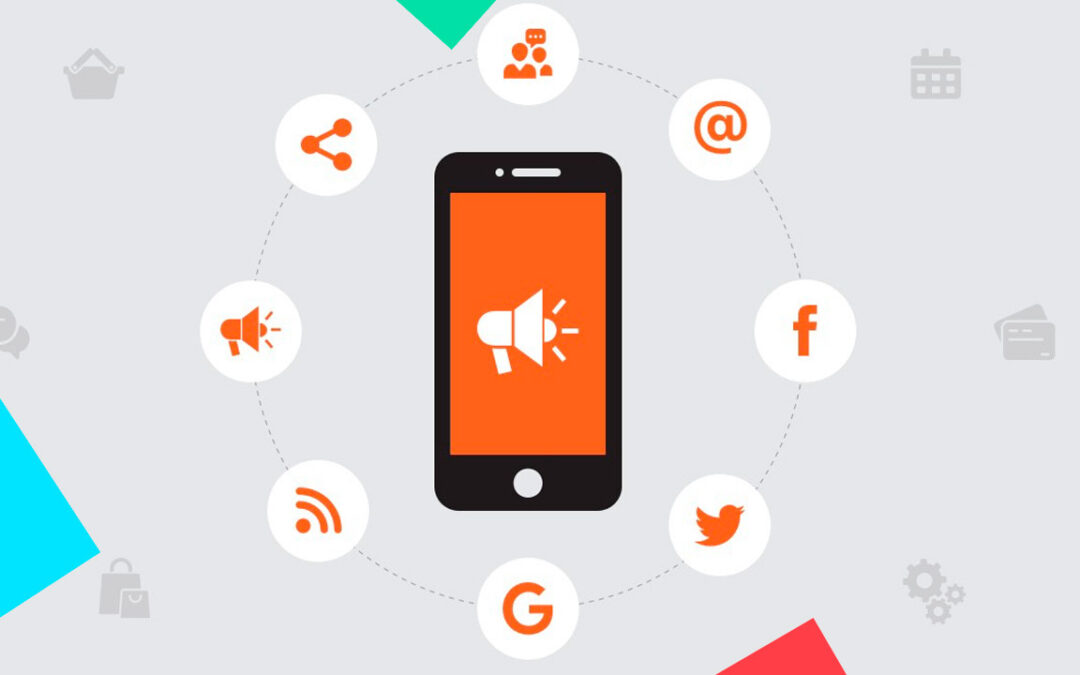

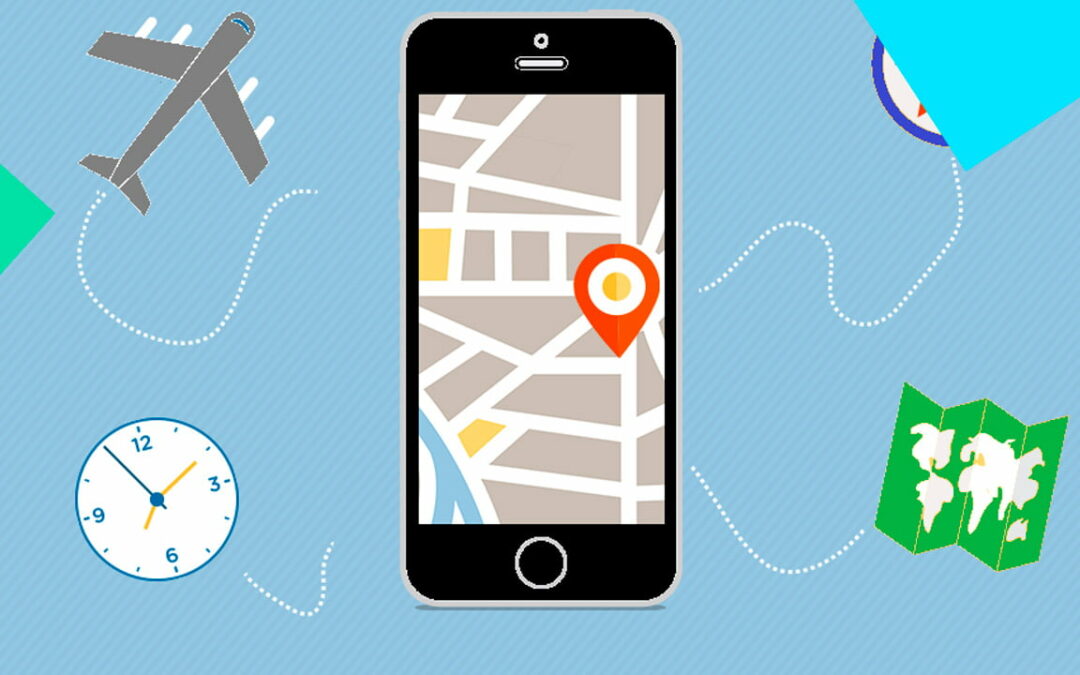

0 Comments